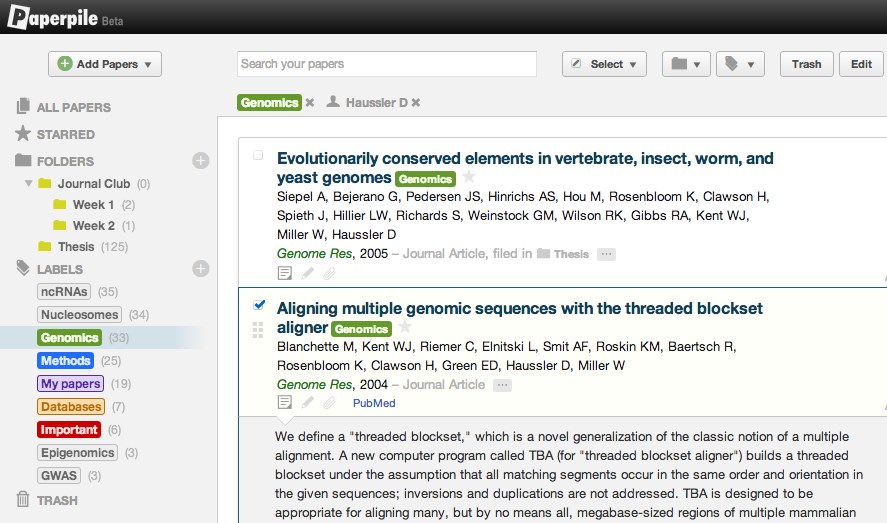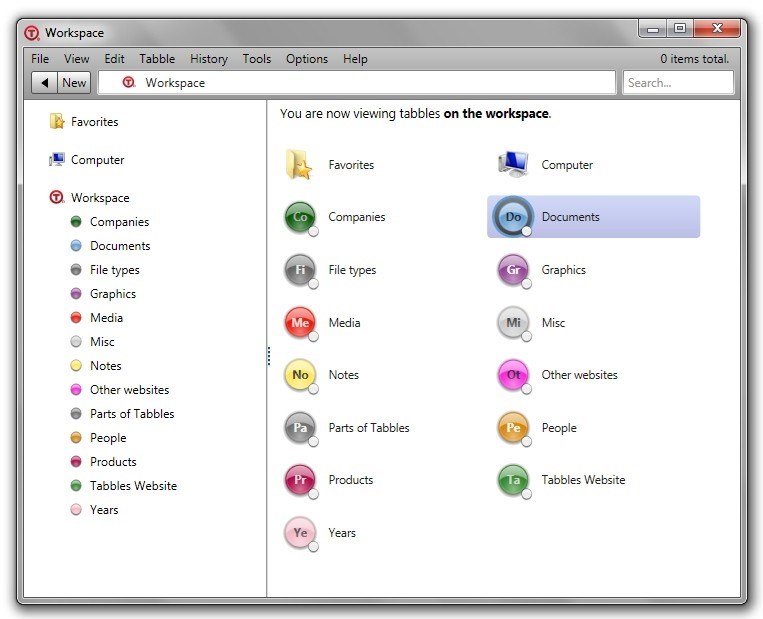

- #TAGSPACES VS ZOTERO SOFTWARE#
- #TAGSPACES VS ZOTERO PC#
- #TAGSPACES VS ZOTERO OFFLINE#
- #TAGSPACES VS ZOTERO FREE#
When I copy photos from camera or phone to PC a create directory named YYYY-MM-DD-events-on-photos and dump all photos in this directory. I had a look at obsidian and you need to explicitly name each note… not for meīut unlike with my notes I managed to stay more disciplined with my photos at least. But also what I like about Sublime is that I don’t need to “name” the file, it keeps the first line as name (in the side bar) until I explicitly save it. Haha yeah I like to live dangerously these days.
#TAGSPACES VS ZOTERO SOFTWARE#
This may not be entirely related to the knowledge repository specifically but I felt that it was at least somewhat relevant and would be similar software to what is discussed with Obsidian but more integrated into the media. When combined with good import features/plug-ins that allow for external video/image/audio editing without losing that integration, a single large program would likely end up with a better overall. I’ve been wanting to go back over some old family recordings that include just audio and some other useful things could be voice recognition to help with converting them to text and labeling the speakers.Īll these are things that could be done, in theory, with separate programs but would take a lot of time and effort to integrate together and sort through compared to single program. There could be built-in tools for image restoration or enhancement that would leave the original explicitly unaltered but organize it alongside the new version. A pre-configured framework for tagging things like events, locations, etc.
#TAGSPACES VS ZOTERO OFFLINE#
Something like Facebook’s face recognition to help speed up sorting a photo album tagging (but obviously offline and open source). I feel like we need some plug-ins or tools specific to audio-visual media that would allow for more fine details. I just saw the video and don’t think this was covered. Sbin ROOT System Binary folder soft-link /bin -> usr/bin Lib ROOT Library soft-link /bin -> usr/bin

This is the ROOT of the filesystem, everything else is mounted somewhereīin ROOT CLI Binary folder soft-link /bin -> usr/bin history files for more extensive reading and creating inline archeological records that could be used in “a living OS” (like the origins of /sbin, /usr and /home, and the historical usage of /usr/local - basically all the extra stuff you wont find in the man pages)ĮDIT: example (and every file/folder name is output ls -color=always at the terminal): / - the ROOT directory

There is also no reason I could not add a.

#TAGSPACES VS ZOTERO FREE#
dir/ folder in the parent of my serenity repo, and add issues and comments, descriptions, or observations into the seperated tree mirror (keeping the repo free of non-source files), and generate some of that content at dls run-time dynamically from the GitHub repo Issues or Pull Requests (which are not part of a Git repo). dot files) for a “L1Techs-Devember” filesystem catalog.Īs an example, I can put a. dir folder, in which nothing is hidden, so its easy to edit, and you can see whats not documented yet (useful for repository parents, or seperating generic info /.dir/, or syncing info seperate from current filesystem).Įven tho they are unstructered text (not format, except 80 wrap if time allows), the commands can render inline $(shell command) and $ at runtime, including color, bold, underline etc if I choose (useful in /home/.description for current user name, and in / root to show the actual “root filesystem device”).īTW I created alt-dir to help give “unpolluted” FileSystem feedback (because they are hidden. description files in a seperated tree mirrored. description (with multi-line descriptions) into interesting folders, that a shell command can process: als or dls. some/other/related/folder as need.Ībout a month ago I started ( alt-dir) adding the files. (I’ll have to go back and read this thread after posing this - 83 is a lot)įor decades now I have been downloading various “stuff”, and early on I got in the habit of recoding a url.txt with them, or a urls.txt if there were multiple sites associated with it, adding see.


 0 kommentar(er)
0 kommentar(er)
